Peruvian fruits are diverse and unique, grown in the varied climates of Peru, from the Amazon rainforest to the Andes mountains and the coastal regions. This wide range of environments allows Peru to produce fruits that are both exotic to the world and staples in local diets.
This variety of ecosystems supports the growth of a wide array of fruits that range from sweet to tangy and are often rich in nutrients. Many of these fruits are a part of Peruvian cuisine, providing distinctive flavors to both traditional and modern dishes.
Get to know more about the fruits of Peru with the dishes and beverages made using them. Also, I’ll unveil some veggies and fruits that are found in the Amazon Rainforest.
21 Most Popular Peruvian Fruits with Filters
Here are your 21 choices of fruits in Peru for you to uncover. Use the handy filter system to learn about the fruits used for dishes, beverages, and garnish.
Then, let’s explore the native, non-native, exotic, and national fruits of Peru.
Goldenberry
- For Beverages
- For Dishes
- National
Goldenberry, also known as aguaymanto, uvilla, or Cape gooseberry, is native to South America, including Peru. These vibrant berries are encased in a paper-like husk, which resembles a small tomatillo with captivating golden-yellow skin.
Its flesh varies from yellow to orange, offering a delightful blend of sweetness and mild acidity. Popular across Peru, Ecuador, and Colombia, goldenberries are a preferred ingredient in various desserts.
Cotton Candy Berry
- For Beverages
- Native
Cotton candy berry, often called capulin in Peru, is a fruit famous for its dark red to purple hue. These small fruits are sweet yet slightly acidic, with their flesh encasing a seed.
Found thriving in tropical lowland regions, locals enjoy these berries as they are. Capulin is versatile in cooking and is ideal for making a delightful base for jams, preserves, syrup, and desserts.
Camu Camu
- For Beverages
- For Dishes
- For Garnish
- Native
Camu camu is a fruit thriving in the Amazon rainforest and popular in Peru, Brazil, and other South American countries. Surprisingly, camu camu has 60 times more vitamin C than oranges.
The fruit has a maroon or purple-black hue, coming in a perfect round shape. This tart fruit also has a unique sweetness when consumed.
Camu camu is enjoyed fresh or used in juices, ice creams, and smoothies.
Noni
- For Dishes
- Native
Noni is a popular fruit in Peru and across the Pacific, thanks to Polynesian sailors. Also known as beach mulberry or great morinda, this fruit is notorious for its strong, vomit-like smell, akin to pungent cheese.
However, it’s prized in traditional medicine and as a food source, turning from green to yellow or white when ripe and containing many seeds.
Noni is often used in Peruvian beverages, powders, and even in lotions, soaps, and oils. It can be used for making curries, salads, fruit juices, or stews.
Elderberry
- Exotic
- For Beverages
- For Dishes
Elderberries are Peruvian fruits found in both tropical regions of the North and South Hemispheres, with significant cultivation in South America and Australasia.
Also known as Sauco, these small, blue-purple fruits tend to turn reddish when diluted with water and cluster in large bunches. Elderberries offer a blend of moderate sweetness, earthiness, and tartness, perfect for making wine.
Mountain Papaya
- For Beverages
- Native
Mountain papaya is a fruit in the Andes of Peru and thrives in tropical forests worldwide. The papaya is smaller than common varieties, usually turning from green to a vibrant yellow or orange when ripe.
With a creamy texture perfect for smoothies, its flavor matures from bland to a sweet mix, with a unique bitter aftertaste. Also called papayuela, the arequipa mountain papaya offers a standout bitterness and acidity.
Dragon Fruit
- For Dishes
- Native
Dragon fruit, or pitahaya, is a common fruit in Peru, boasting a scaly appearance that looks like a dragon egg. Known for its leathery, scale-like skin, common dragon fruits have white, red, or pink flesh.
The fruits are sweeter in the pink and red varieties with a mild sweetness. Pitahaya is perfect for smoothies, juices, and desserts.
In Peru, the country offers varieties with yellow skin and white flesh, among others, all containing edible tiny seeds.
Guava
- Exotic
- For Beverages
- For Dishes
Guava, or guayaba, is a fruit native to South America, including Peru, the Caribbean, and Central America. It varies in size from an apricot to a grapefruit.
Guavas tend to come in green or yellow hues. Its flesh, which can be white, pink, or red, offers a delightful mix of sourness and sweetness.
Packed with edible hard seeds, guava is great for making juices and sweet jams. Alternatively, guava tastes amazing with chili salt or shrimp paste.
Banana Passionfruit
- For Beverages
- For Dishes
- Native
Banana passionfruit is known for its banana-like shape and passionfruit-like flesh in Peru. Native to the Andean regions of South America, the oblong-shaped fruit is about 5 inches in length, with a leathery rind.
When ripe, this long passion fruit is light yellow or orange-yellow. Usually, the succulent flesh and numerous seeds offer a mix of sweetness and mild acidity.
Interestingly, Peruvians rarely eat banana passionfruit due to its intense flavor and strong acidity. This fruit is ideal for creating delightful juices, smoothies, cocktails, or drinks, although the seeds may add a slight bitterness.
Cocona
- For Beverages
- Native
Cocona is a notable South American fruit in Peru, grown in the Andean region. Often found in areas like Cuzco, Peru, this berry has orange, red, or yellow hues.
Another name for cocona is Amazon tomatoes, which have creamy, juicy flesh like tomatoes. In cooking, cocona offers a unique tartness to both sweet and savory dishes.
Peruvians use cocona to elevate the flavors of juices, sauces, desserts, and empanadas. The fruit has four main varieties, including medium-yellow, pear-shaped, round yellow, and purple-red.
Sweet Granadilla
- For Dishes
- Native
Sweet granadilla is a species from the Passiflora genus, characterized by its orange-to-yellow hard shell and gelatinous pulp filled with seeds.
Native to the Andes and cherished in Peru, it’s known for its sweet flavor, aromatic scent, and various nutrients.
Ideally, this fruit thrives in cooler climates and high altitudes, highly valued for its digestive benefits and rich fiber content.
Prickly Pear
- For Beverages
- Native
Prickly pear is interestingly known in Peru as tuna fruit and is often confused with fish. It is a fruit originating from the Americas with a red or yellow color.
The fruit resembles a small pear but has sharp spines that require careful handling. The pink or red flesh, sweet and berry-like, contains edible seeds, though the skin should be removed.
Popular as a refreshing treat, prickly pear is also used in jellies, juices, smoothies, and desserts.
Lucuma
- For Beverages
- For Dishes
- Native
Lucuma is a national fruit of Peru belonging to the Sapotaceae family. This fruit originates in the Andean valleys of Chile, Peru, Bolivia, and Ecuador.
Interestingly, you can find lucuma images on ceramics at burial sites of local people in coastal regions in Peru.
Typically, lucuma appears round with an eye-catching bright yellow when ripe. You can find 1 to 5 glossy and brown seeds in the middle of the fruit.
In Peru, you can come across this fruit in milkshakes, ice cream, or juice. A more common name of lucuma in English is eggfruit.
Snake Fruit
- Exotic
- For Beverages
Snake fruit is a palm fruit in Peru that thrives in the swamps and wetlands of South America. Also goes by the name of aguaje in Peru, its oil is prized for benefiting the skin.
The fruit sports a distinctive purple-red skin to protect a layer of yellow flesh covering around a hard seed. With a carrot-like flavor, snake fruit is employed in juices, jams, ice creams, and wines, producing over 50 tonnes daily in Peru.
Cherimoya
- For Beverages
- For Dishes
- Native
Cherimoya is a native fruit to Peru and Ecuador, thriving in the Andes and warm regions. Named for its creamy texture, its heart shape and green skin bear unique scale-like warts.
When mature, cherimoya has a brown color with a fissured surface. Its white flesh is sweet with hardy, inedible black seeds.
Popularly eaten fresh, cherimoya is also featured in juices, smoothies, and desserts.
Mango
- For Beverages
- For Dishes
- Non-Native
Mango is a beloved fruit in Peru, cherished by many locals. Available in two main types of Indian and Southeast Asian varieties, mango boasts a wide range of colors, from green when unripe to hues like yellow, red, or purple.
With shapes ranging from oval to kidney, the flesh is soft when ripe and surrounds a fibrous-seeded pit.
Mango’s sweet yet slightly sour taste is added to numerous Peruvian dishes, from ice cream and juices to salads, and is delicious when eaten fresh with chili salt.
Guanábana
- For Beverages
- For Dishes
- Native
Guanábana is a soursop fruit in Peru coming from a member of the Annonaceae family. Cultivated in many tropical regions, this fruit offers a complex taste of sweetness with sourness.
It has a creamy white flesh hidden under deep green, prickly skin. Coming in an oval shape, guanábana is great in desserts, ice creams, sorbets, smoothies, candies, and drinks.
Available year-round in Peru, some simply scoop out the flesh and remove the seeds to enjoy the purest flavor of guanábana.
Ice Cream Beans
- For Dishes
- Native
Ice cream bean is a kind of long fruit in Peru with a hardy shell to protect the soft white meat. Popularly known as pacay, its edible white pulp is housed in pods with a sweet taste and smooth texture.
With a profile similar to vanilla ice cream or cotton candy, people tend to savor it fresh out of the pod. In Peru, this creamy bean is easily found near river banks, with the seeds can be roasted for serving snacks.
Orange
- For Beverages
- For Garnish
- Non-Native
Orange is an easy-to-find fruit in Peru, and it has a bright color when ripe. These juicy fruits have a diverse spectrum of color, running from orange to green or yellow depending on the types and stages of ripeness.
A common orange usually contains about 10 to 12 segments inside, packed with juice. Furthermore, there’s even a thin edible film that protects each segment.
Like other regions in the world, Peruvians employ oranges in many ways, including incorporating them into dishes or making juice.
Cacao
- For Beverages
- For Dishes
- Native
Cacao is a popular fruit in Peru, and the country is one of the leading producers of cacao around the world. The pod-like fruit comes in a rough oval shape while boasting a yellow or orange color when ripe.
A single cacao pod will have around 20 to 60 seeds covered by a white pulp. These seeds are the central valuable part of this fantastic fruit.
In terms of flavor, the white flesh offers a sweetness and tartness like common fruits. Peruvians love to make juice, smoothies, cream, and jellies from cacao pulp, while the seeds are crucial in making chocolate.
Pepino
- For Beverages
- For Dishes
- Native
Pepino is a common fruit in Peru with a cucumber-like flavor and texture. Also known as sweet cucumber or melon pear, they are closely related to eggplants and tomatoes.
Its mild taste makes it an excellent addition to fruit bowls or dessert recipes, whether fresh or mixed.
What Dishes Use Peruvian Fruits?
When it comes to culinary creations, Peruvians have ingenious ways of incorporating fruits into their cooking process. Here are some recommendations to try out.
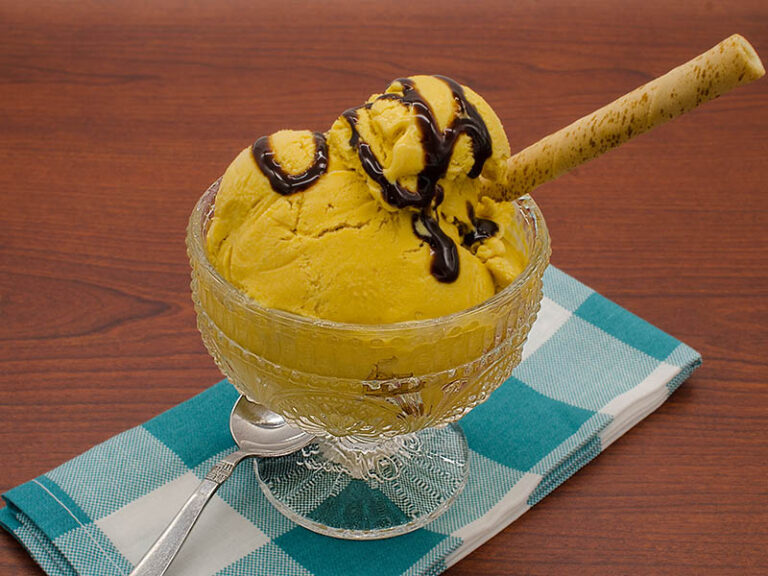
Lucuma Ice Cream
Lucuma ice cream is a dessert made from the pureed fruit of the lucuma, giving it a creamy and citrusy flavor with a hint of caramel. This ice cream is a popular treat in Peru.
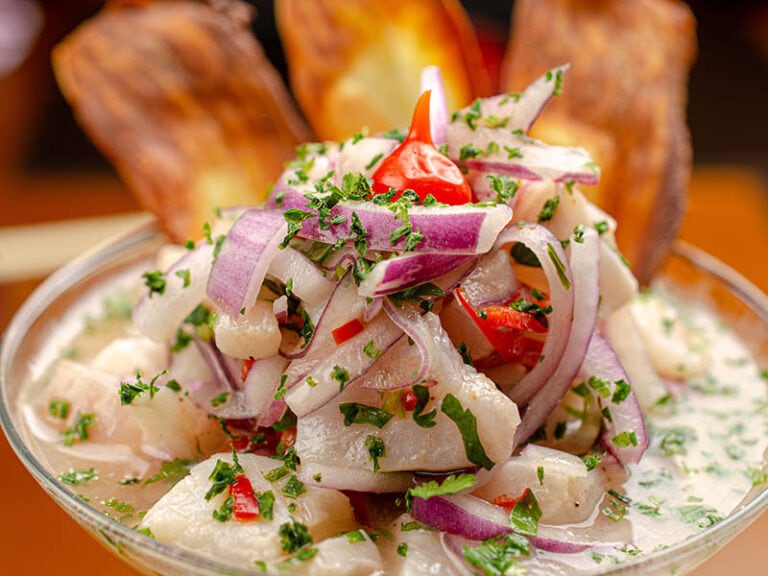
Ceviche
Ceviche is a seafood dish where raw fish is marinated in lime juice, often garnished with onions, chili peppers, and sometimes sweet potato or corn. In Peru, locals even make use of camu camu fruit to make sauce.
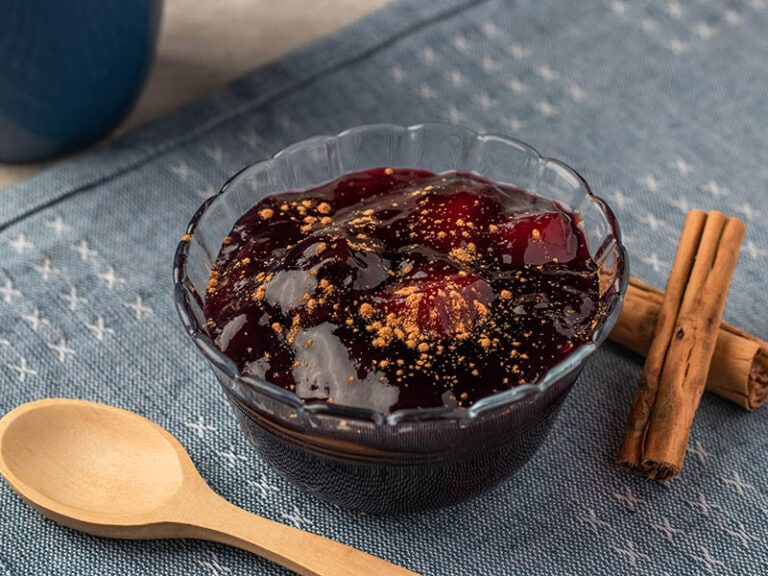
Mazamorra Morada
Mazamorra morada is a sweet pudding made from purple corn and flavored with fruits like pineapple and apple, thickened with starch. This dessert brings together the rich flavors of Peruvian fruits in a creamy mixture.
These fruity creations are only a small slice that makes up the specialties of Peru, as the beverage side also offers many creations that are full of fruits of the country.
What Drinks Contain Peruvian Fruits?
These are the drinks that make full use of the flavorful fruits available in Peru:
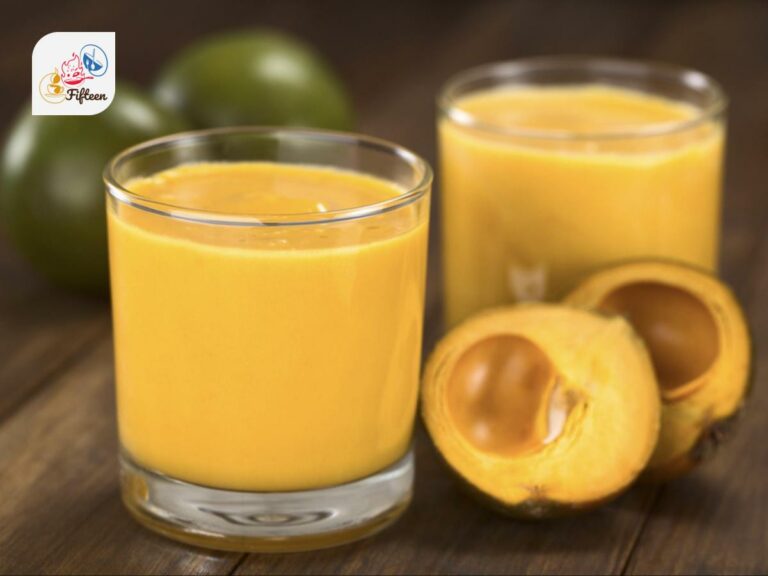
Lucuma Milkshake
Lucuma milkshake is a creamy and sweet beverage made from the Peruvian fruit lucuma, often blended with milk or ice cream. It offers a unique caramel-like flavor, making it a popular treat in Peru.
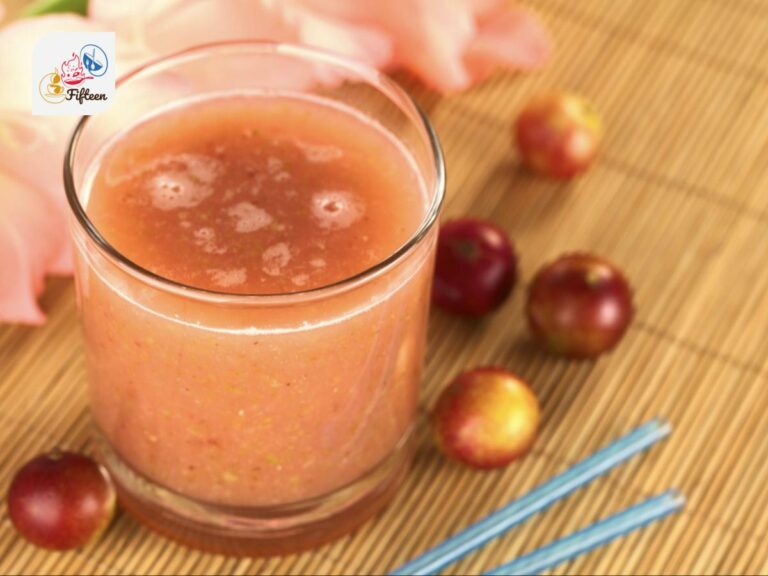
Camu Camu Juice
Camu camu juice is a tangy and refreshing drink made from the vitamin C-rich camu camu berry. This juice is known for its health benefits, including boosting the immune system.

Goldenberry Cocktail
Goldenberry cocktail is a vibrant and flavorful drink that combines the tartness of goldenberries with spirits such as vodka or pisco. It’s often sweetened with simple syrup and accented with lime juice, creating a perfect balance of sweet and sour.
Aside from discovering the refreshments of Peru, you should take a peek through some veggie choices from the country as well.
What Are the Vegetable Options in Peru?
In Peru, you can easily come across these vegetable varieties:
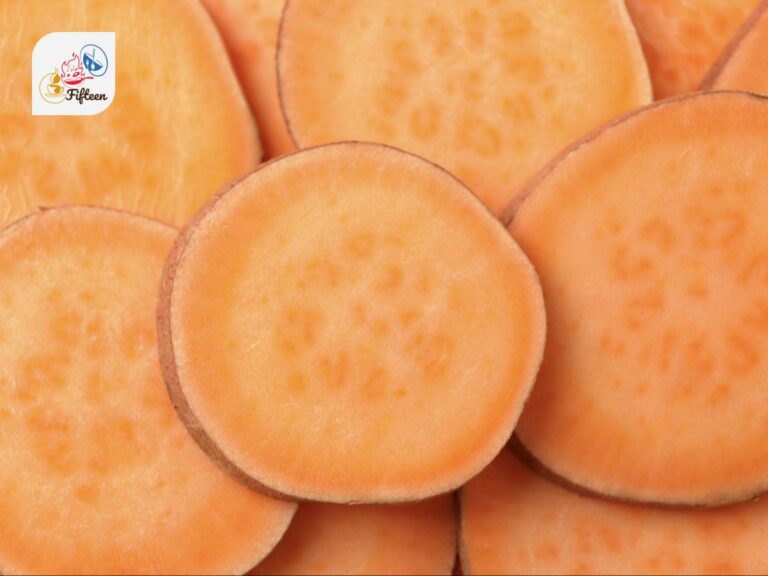
Camote
Camote is a sweet potato with a sweet, orange flesh that’s popular in Peru. It is often eaten baked, boiled, or as part of desserts.
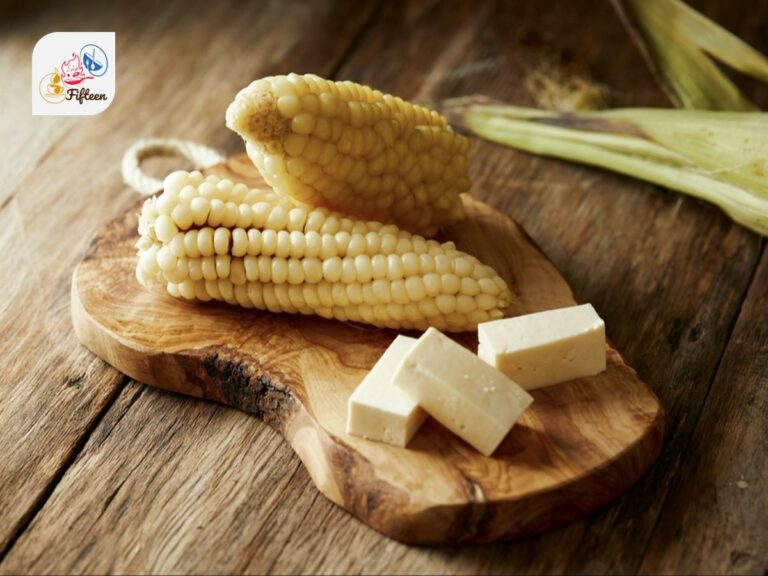
Choclo
Choclo is the Peruvian term for a type of large-kernel corn, which is sweeter and starchier than typical corn. It’s commonly boiled or grilled and served with cheese.
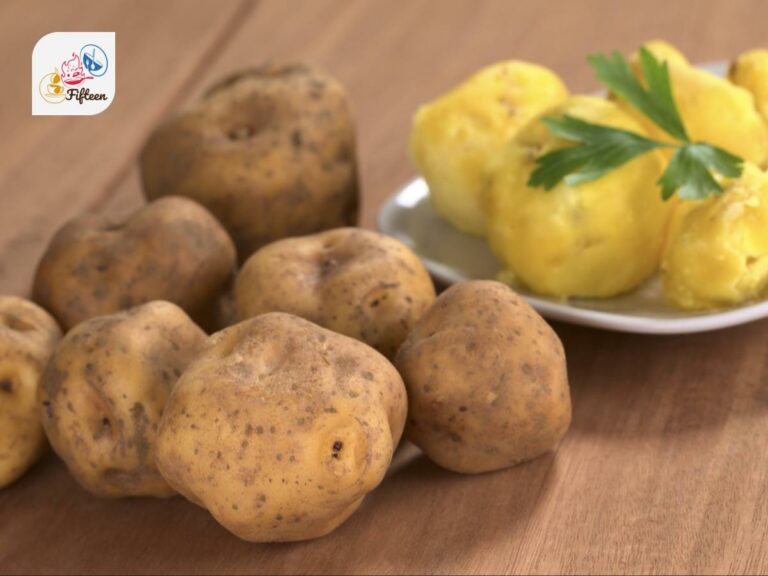
Papa Amarilla
Papa amarilla is a yellow potato known for its creamy texture and buttery flavor, making it perfect for Peruvian dishes like causa and mashed potatoes.
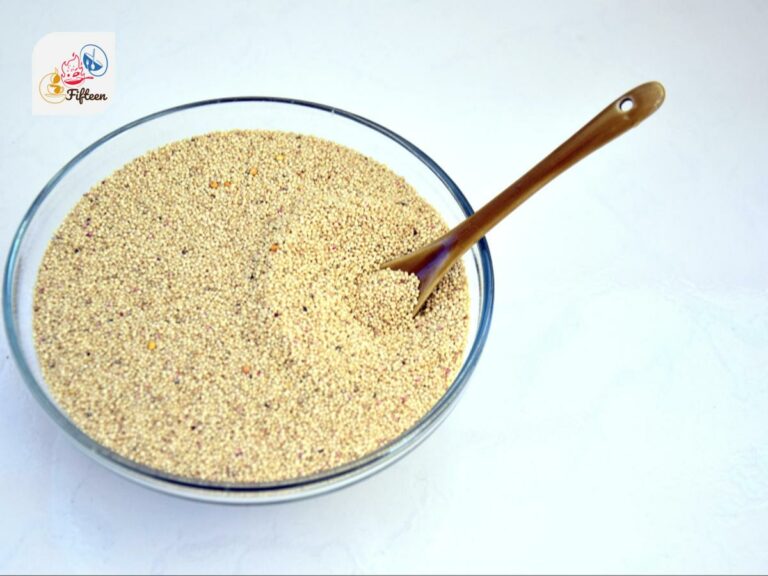
Kiwicha
Kiwicha is a small grain, also known as amaranth, celebrated for its high nutritional value, including protein, vitamins, and minerals. It’s used in cereals, snacks, and as a flour substitute.
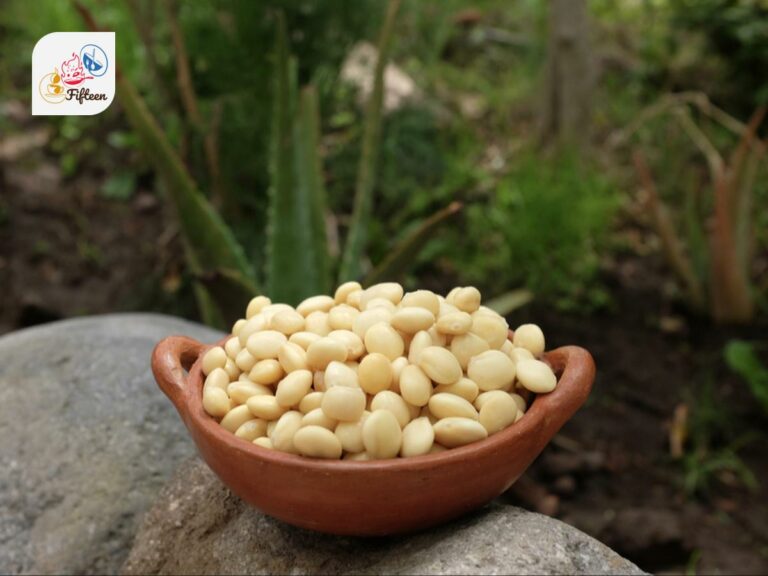
Tarwi
Tarwi is an Andean legume with high protein content. It requires soaking to remove bitterness before being used in soups, stews, or flour.
These are only a few veggie options in Peru, as there are more picks out there in the country, featuring all sorts of flavors to uncover.
Let’s uncover some of the fruits commonly found in the Amazon Rainforest in Peru.
What Peruvian Fruits Grow in the Amazon Rainforest?
As a country that has the second largest span of the Amazon Rainforest, covering around 60% of the country, there are many fruits that grow wildly in the region.
Some notable examples include camu camu and snake fruits thriving in humid environments. They are prized for their nutritious content along with an abundant availability ready for you to pick off from trees.
You should share these fruits with others and leave a comment to share your ideas about Peruvian fruits.


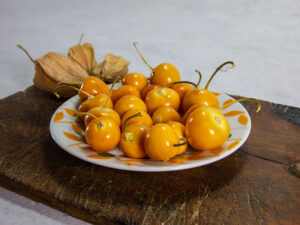
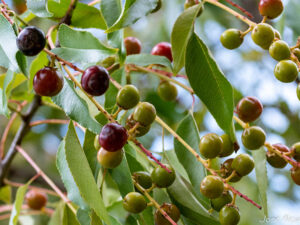
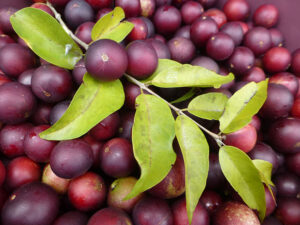
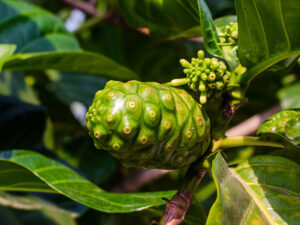
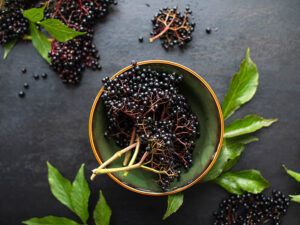
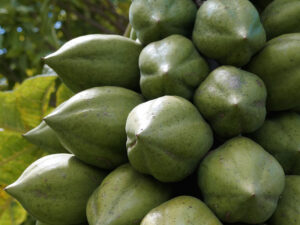
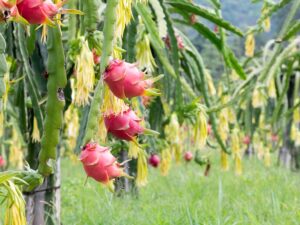
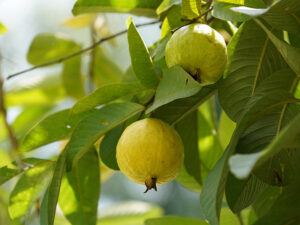
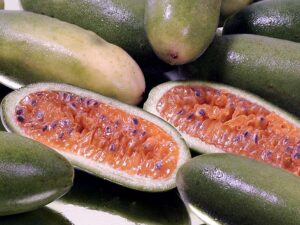
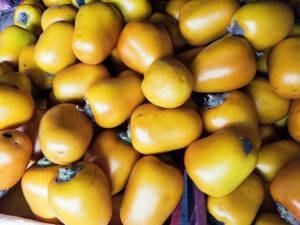
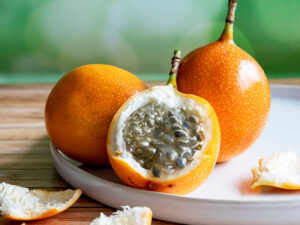
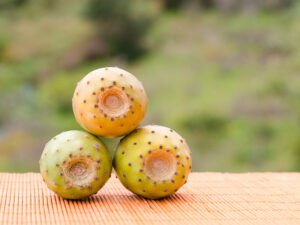
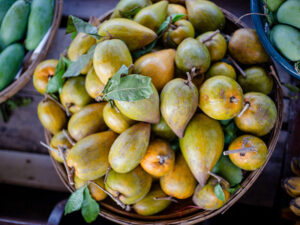
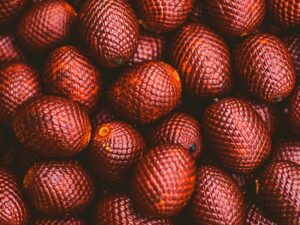
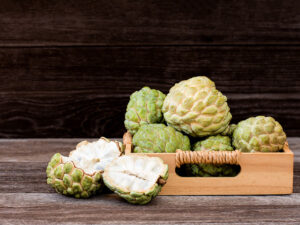
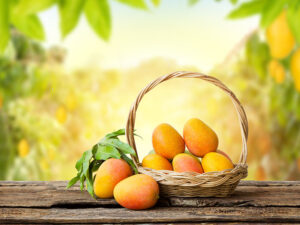
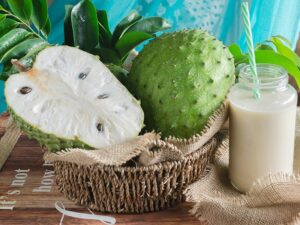
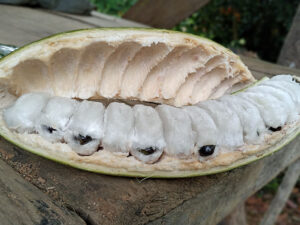
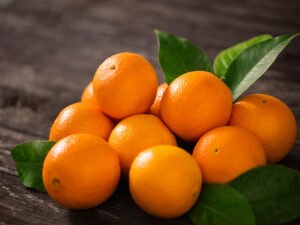
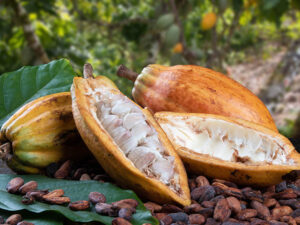
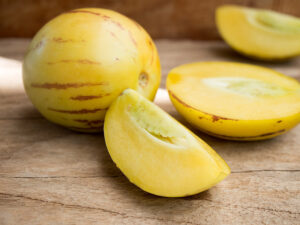
Jamie Scott
Editor in Chief, Senior Content Writer
Expertise
Home Cooking, Meal Planning, Recipe Development, Baking and Pastry, Food Editor, Cooking-video Maker, Western Food Evaluation Expert
Education
Le Cordon Bleu College of Culinary Arts
Local Community College, New York, NY
Jamie Scott is a skilled culinary expert and content creator specializing in Western cuisine. With over 15 years in the culinary field and formal training from Le Cordon Bleu, Paris, Jamie deeply understands how to blend nutrition with delicious flavors. His passion for cooking matches his commitment to making healthy eating accessible and enjoyable.
On Fifteen.net, Jamie brings a fresh perspective to classic dishes and beverages, offering readers insightful recipes, cooking tips, and a fresh view on meal planning that emphasizes taste, health, and simplicity.